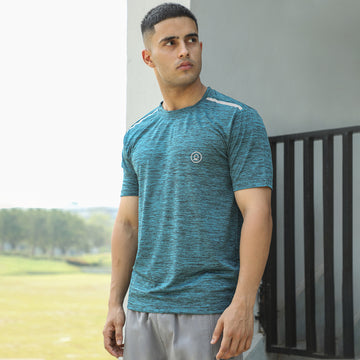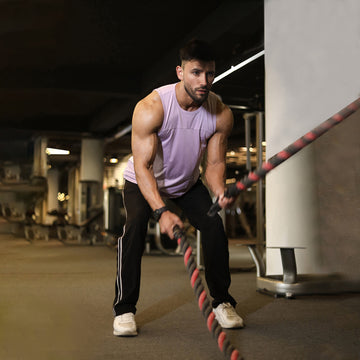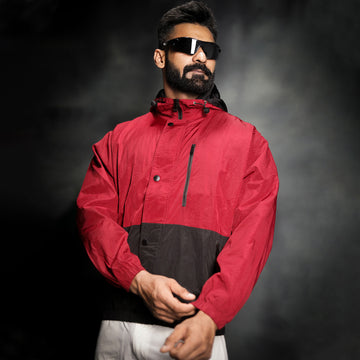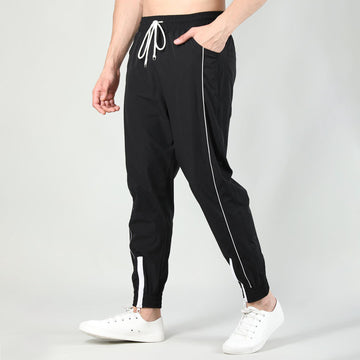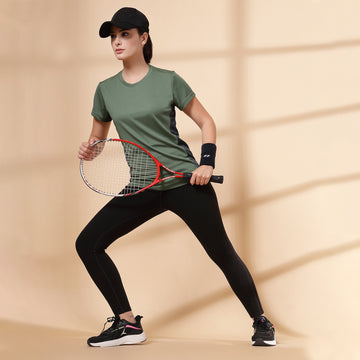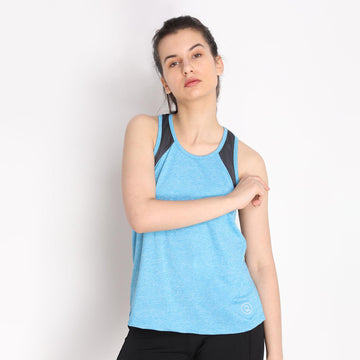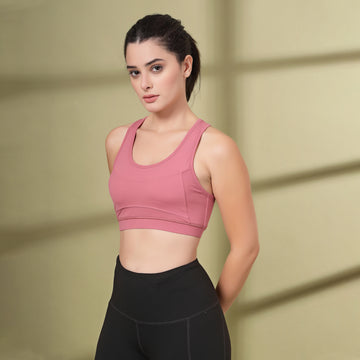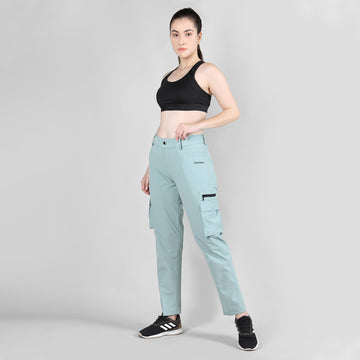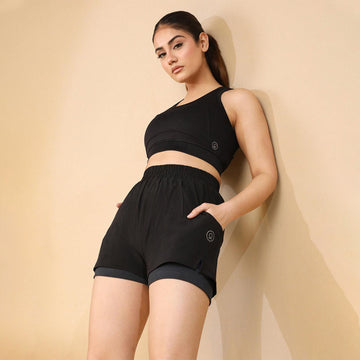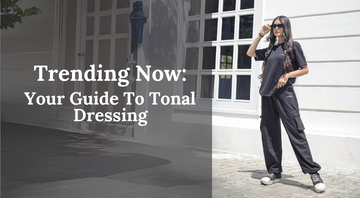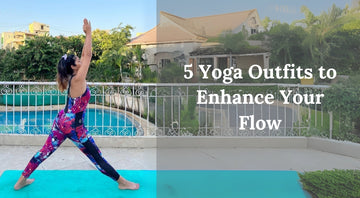In recent years, there has been a remarkable shift in the world of fashion, with the rise of athleisure as a dominant trend. Athleisure, a term derived from the combination of "athletic" and "leisure," refers to the fusion of athletic and casual wear, creating a versatile and comfortable style that seamlessly transitions from the gym to the streets. This trend has not only revolutionized the way we dress but has also blurred the boundaries between fitness and fashion.
The origins of athleisure can be traced back to the late 20th century when fitness became a significant part of mainstream culture. As people began embracing more active and health-conscious lifestyles, there arose a need for clothing that provided both functionality and style. Initially, athletic wear was designed primarily for sports activities, with garments like sweatpants, tracksuits, and sneakers serving their intended purpose on the field or in the gym.

However, as fitness started to permeate various aspects of everyday life, the demand for comfortable clothing outside of the gym also grew. People desired clothing that allowed them to seamlessly transition from a workout to running errands or meeting friends without compromising on style. This desire led to the transformation of traditional gym wear into a fashion statement, giving birth to athleisure.
The evolution of athleisure gained momentum in the early 2000s when prominent fashion brands began incorporating sportswear elements into their collections. Designers recognized the potential of this emerging trend and started to merge performance fabrics and silhouettes with high fashion aesthetics. Suddenly, the humble sweatpants and sneakers became stylish staples that transcended traditional athletic boundaries.
Celebrities and influencers played a pivotal role in popularizing athleisure as a fashion-forward trend. High-profile figures like Rihanna, Gigi Hadid, and Kanye West began embracing athleisure as part of their off-duty looks, wearing sports-inspired pieces in combination with high-end fashion items. Their influence extended beyond the realm of sports and fitness, permeating popular culture and paving the way for athleisure to become a global phenomenon.
As athleisure continued to gain traction, major fashion houses and luxury brands hopped on the bandwagon, incorporating athletic elements into their collections. This fusion of high fashion and sportswear gave rise to collaborations between renowned designers and athletic brands, resulting in limited-edition collections that merged functionality and style. These collaborations further elevated the status of athleisure and solidified its position in the fashion industry.
Today, athleisure has become a staple in wardrobes around the world. The once strictly utilitarian gym wear has evolved into a fashion-forward trend that effortlessly combines comfort, functionality, and style. Leggings, hoodies, joggers, and sneakers are no longer confined to the gym but have become go-to pieces for everyday wear.
The success of athleisure can be attributed to its ability to adapt to the changing needs and preferences of consumers. With an increased emphasis on health and wellness, people are seeking clothing that supports an active lifestyle while allowing them to express their personal style. Athleisure fills this gap, offering a versatile and fashionable option that effortlessly transitions from workout sessions to social engagements.
In conclusion, the evolution of athleisure from gym wear to street fashion has been a remarkable journey. This trend has transformed the way we perceive and wear athletic clothing, blurring the lines between fitness and fashion. With its comfort, versatility, and style, athleisure is undoubtedly here to stay, redefining the modern wardrobe and offering a new way to embrace both an active lifestyle and fashion-forward sensibilities.
